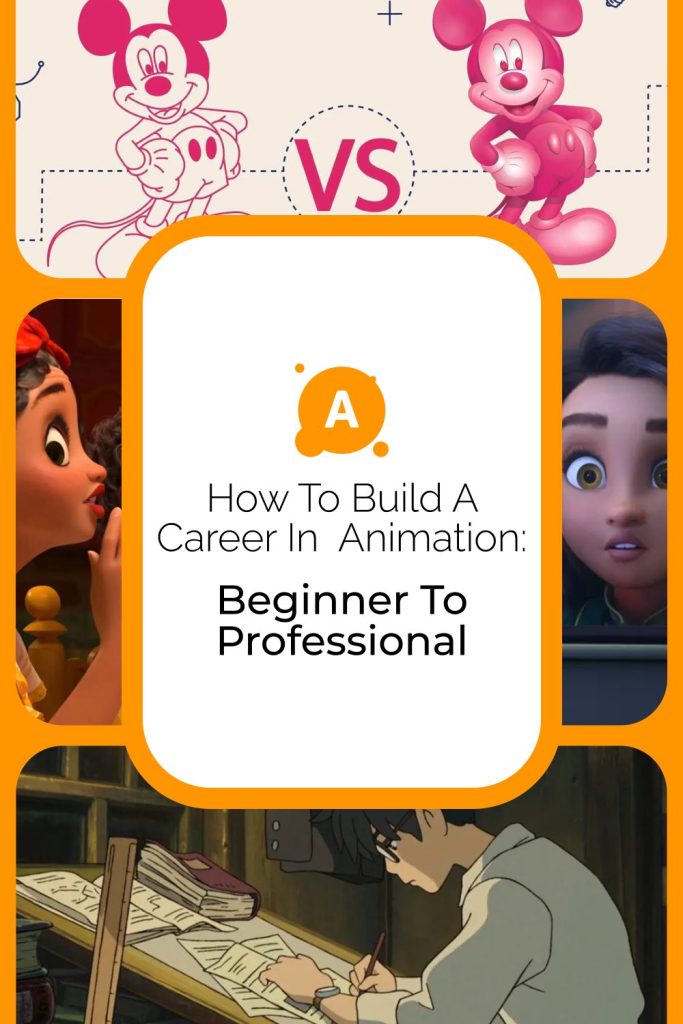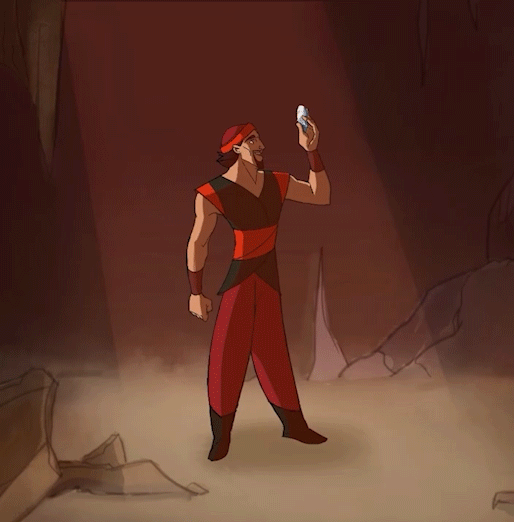If you dream of becoming an animator and working on exciting projects in film, games, or advertising, it’s important to understand that success in this field doesn’t come overnight. Knowing how to build a career in animation requires a combination of creativity, technical skills, continuous learning, and strategic planning. This article will guide you through the essential stages — from developing your skills and building your portfolio to landing your first job and advancing in your animation career. Whether you’re just starting out or looking to improve, these insights will help you navigate the industry with confidence.
Understanding the Role of an Animator

Encanto
Animators work closely with directors, designers, and other artists to translate scripts and concepts into engaging visuals. Whether it’s creating fluid character movements or dynamic effects, an animator’s role is crucial in connecting audiences emotionally to the story. Understanding this broader role helps animators approach their work with purpose, focusing not just on technique but on effective communication.
Choosing Your Animation Path
The animation industry is diverse, with many different specialties. You could focus on traditional 2D animation, 3D modeling and animation, stop-motion, motion graphics, or visual effects. Each path requires different tools and skill sets, so it’s important to explore them to find what excites you the most.

For instance, 2D animation often emphasizes drawing skills and timing, while 3D animation involves technical knowledge of modeling software and rigging. Taking time to experiment with various techniques and projects helps you understand your strengths and preferences, guiding your education and career choices.
Developing Essential Skills and Mastering Software
At the core of any animator’s toolkit are fundamental principles like timing, spacing, squash and stretch, anticipation, and follow-through. These principles form the foundation of believable and appealing animation. Beyond that, proficiency with software is essential in today’s industry.
Programs like Toon Boom Harmony and Adobe Animate dominate the 2D scene, while Blender and Autodesk Maya are key in 3D workflows. Learning to navigate these tools efficiently allows you to focus more on creativity rather than technical hurdles. Many successful animators continuously practice drawing and animation exercises, often blending traditional techniques with digital workflows to deepen their understanding.
Building a Strong Portfolio
Your portfolio is your personal showcase and the most important asset when seeking work. It should demonstrate your best animation work and a range of skills relevant to the roles you want.
Quality matters more than quantity — including a few polished pieces that highlight your ability to tell stories through motion will impress employers far more than many unfinished or repetitive samples.
Organize your portfolio clearly — separate character animations from effects or motion graphics. Using too many different styles of animation can confuse the recruiter about your strengths and why you are applying for the role.
Keep your reel no longer than 1-1:30 minutes long —Including short animation reels or GIFs makes it easier for recruiters to quickly grasp your style and strengths. Always update your portfolio as your skills grow.
Finding Your First Jobs and Internships
Starting your career often means taking internships, apprenticeships, or freelance gigs to gain real-world experience. Many studios offer entry-level programs that provide mentorship and practical training, which can be invaluable for building confidence and industry connections.

Barakamon
Additionally, participating in animation film festivals will challenge you to grow your skills in new ways and give you an understanding of what it’s like to work under deadlines in studios. If you are still struggling to find work try engaging in online animation challenges or collaborating on independent projects can expand your network and showcase your abilities publicly. Websites like ArtStation and Behance also provide platforms where studios scout emerging talent.
Persistence is key — sometimes the first opportunities come from less obvious places, so be open and proactive in seeking them.
Preparing for Interviews and Presentations
When you land an interview, preparation is essential. Research the studio or company thoroughly — understand their style, recent projects, and values. This knowledge allows you to tailor your presentation and show genuine interest.
Be ready to walk through your portfolio, explaining your creative decisions, challenges faced, and how you solved them. Animation employers look for not only technical skills but also problem-solving abilities and collaboration mindset. Practice answering common interview questions and prepare questions to ask your interviewer, showing your enthusiasm and professionalism.
You may even be asked to take animation tests. Look up common testing practices and the timeline you have to complete the test for that studio. Do practice tests so you will be prepared if you are asked to take one.
Growing Your Career and Continuing Education
Animation is a fast-evolving field, so continuous learning is necessary to stay competitive. Engage in workshops, attend industry events, and follow influential animators online to keep up with new techniques and trends. Building relationships within the community can lead to mentorships and collaborations.

Luck
Additionally, expanding your skills by learning complementary areas like storyboarding, character design, or visual effects broadens your opportunities. Setting clear career goals and regularly assessing your progress will help you stay motivated and focused.
Avoiding Common Beginner Mistakes
Many beginners struggle with trying to learn everything at once or rushing projects without mastering fundamentals. It’s important to focus on the basics first and build solid skills before moving to complex techniques. Review over the common mistakes made in portfolios in our “How to Improve Your Animation: Tips from a Professional” guide to see where you might be missing the foundational skills to make your portfolio great.
Another common mistake is neglecting feedback — It’s Important to have a mentor even outside of schooling. Find someone you can trust or has industry experience that give you insight you might miss. Welcoming constructive criticism is crucial for improvement.
Also, most animators underestimate the importance of networking and soft skills, which are essential for thriving in a collaborative environment. Communication, Teamwork, Problem-solving, Time management, Leadership, and Adaptability are all skills highly valued when working in animation and can be learned through other life experiences. Recognizing and avoiding these pitfalls can accelerate your growth and prevent frustration.

Useful Resources for Self-Development
There are numerous online platforms offering high-quality animation education. Courses from Animation Mentor, CGMA, and Animation Club School provide structured learning paths designed by industry professionals. Alongside formal training, many animators learn daily by watching tutorials on YouTube, reading blogs, and participating in forums.
You can also take time to study your favorite artist or animator to learn how they think. Then apply those practices to your work. You will be surprised by what a difference this focus study will make. Staying curious and dedicated to improving your craft will open doors and keep your skills sharp.
Conclusion
Building a career in animation requires dedication, patience, and continuous learning. By understanding the animator’s role, exploring different paths, honing your skills, creating a compelling portfolio, and actively seeking opportunities, you can successfully enter the industry and grow professionally. Remember that every project and challenge is a step forward on your animation journey.
Ready to take your first step into the world of animation? Enroll in the classical animation courses at Animation Club School and start building your skills with expert mentors! Follow our blog and social media for the latest tips, insights, and inspiration in animation.






